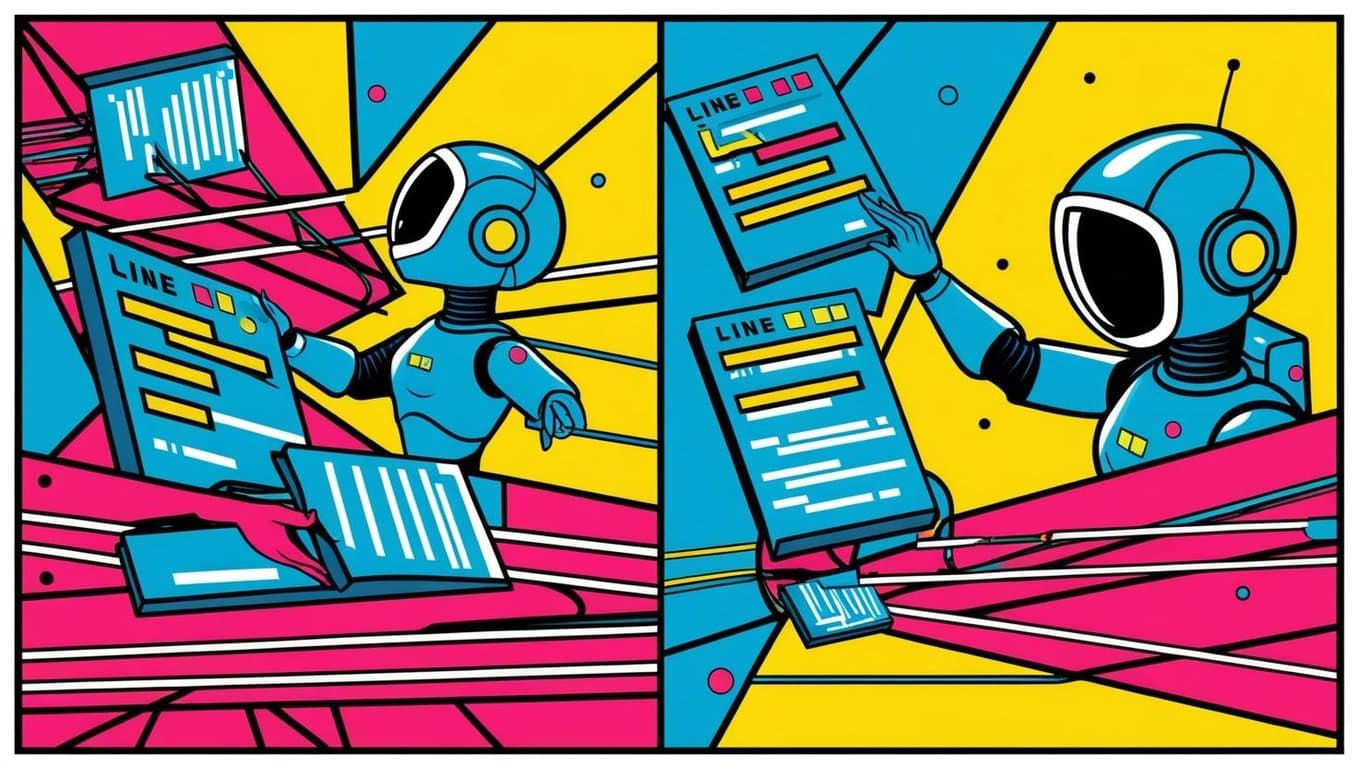[object Object]
[object Object]
Published on 1/25/2025 By Bobby Hall Jr


AI agents are autonomous or semi-autonomous systems that perceive their environment, process information, and take actions to achieve specific goals. Unlike traditional software programs, AI agents operate with a higher degree of autonomy, making decisions based on data inputs, machine learning models, and pre-defined logic.
Perception Module – Captures data from the environment (e.g., APIs, databases, sensors, user inputs).
Processing & Reasoning – Uses machine learning, rules-based logic, or LLMs (like GPT-4) to analyze data and make decisions.
Memory & Learning – Stores past interactions and can improve over time using reinforcement learning or vector databases.
Action Execution – Takes actions such as sending emails, calling APIs, executing workflows, or interacting with users.
Feedback Loop – Evaluates outcomes and adjusts strategies for continuous improvement.
Reactive Agents – Respond to inputs without memory (e.g., rule-based chatbots).
Deliberative Agents – Plan and strategize before acting (e.g., AI personal assistants).
Multi-Agent Systems (MAS) – Teams of AI agents collaborating to complete complex tasks (e.g., AI-driven customer service systems).
Automation at Scale – AI agents streamline repetitive tasks, freeing up human effort for higher-level work.
Decision-Making Efficiency – They analyze large data sets faster than humans, providing real-time insights.
Personalization & Adaptability – AI agents learn user preferences and adapt interactions accordingly.
24/7 Availability – Unlike human workers, AI agents can operate continuously without downtime.
For beginners, the best way to dive into AI agents is to start with tools and frameworks like:
LangChain (for building LLM-powered agents)
CrewAI (for orchestrating multi-agent workflows)
Next.js & TypeScript (for building AI-powered applications)
Vector Databases like Pinecone or Weaviate (for memory & retrieval systems)
This is just the beginning! In our next post, we’ll dive into a hands-on tutorial on building your first AI agent using LangChain and Next.js. Stay tuned!
Want to get updates? Subscribe to our newsletter for the latest AI agent insights, tutorials, and industry trends.